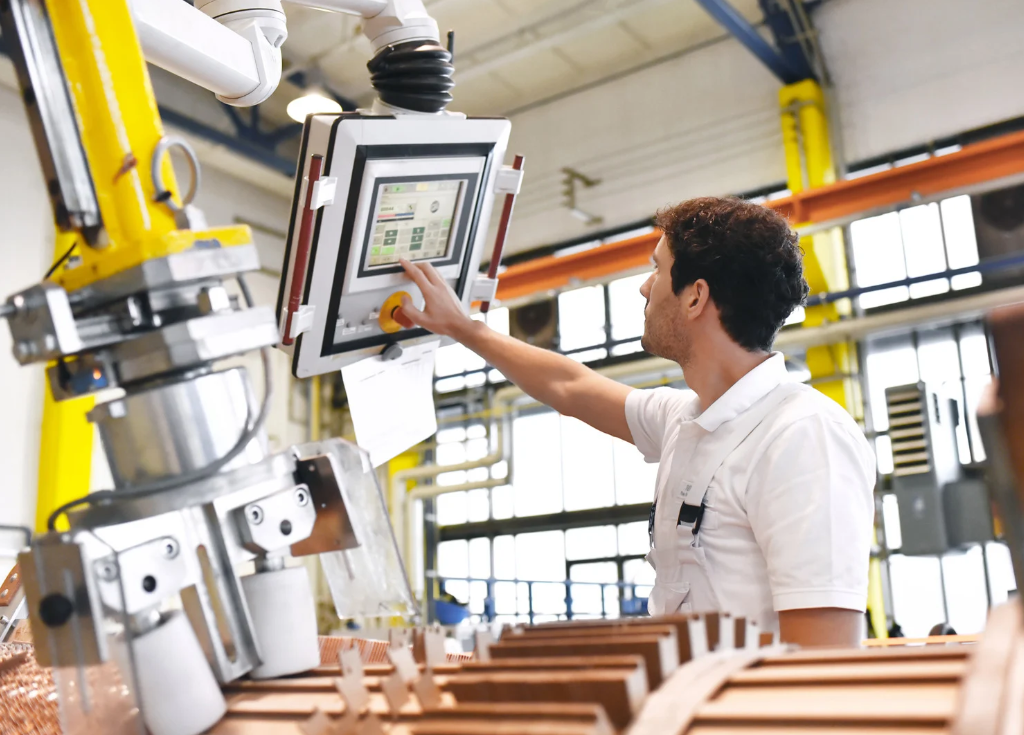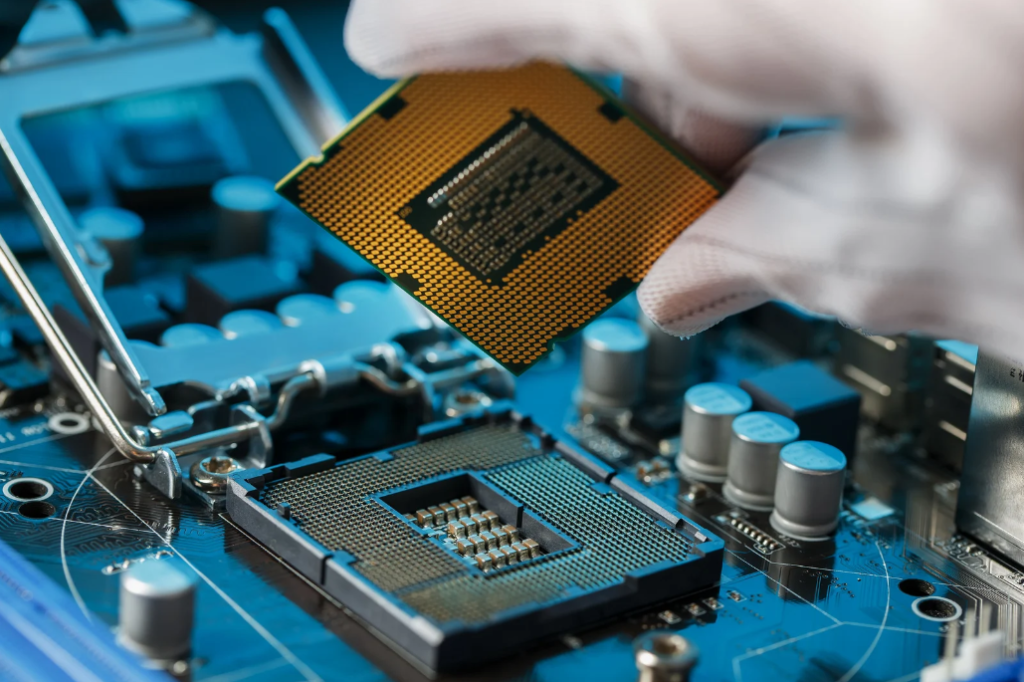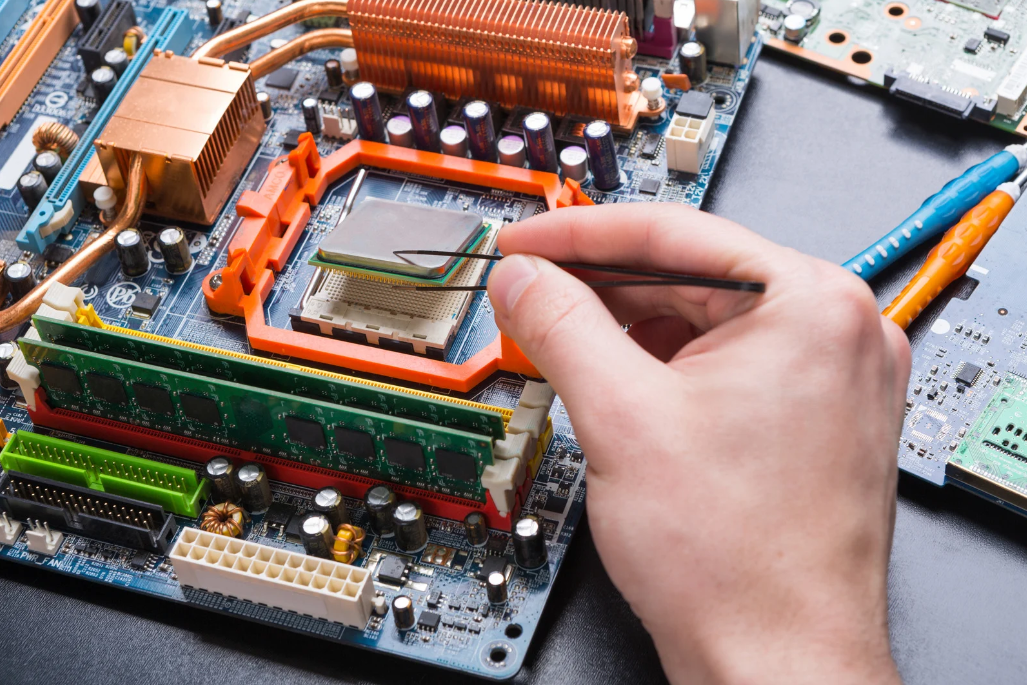Evaluating System Needs
Before choosing a PZT supplier, it’s crucial to understand your project’s specific needs. Identify the core functions your system must perform. This will help you determine the type of PZT material and the necessary specifications. Consider whether your system requires precision positioning or dynamic operation, as this will influence your choice.

Defining Performance Criteria
Next, outline the performance criteria for your project. This includes factors like sensitivity, response time, and durability. Knowing these criteria will guide you in selecting the right PZT material and supplier. Make sure to partner with a piezoelectric specialist who can help decide on material properties to meet your unique requirements.
Considering Environmental Factors
Lastly, consider the environmental conditions your project will face. Will the system be exposed to extreme temperatures, moisture, or other harsh conditions? Understanding these factors will help you choose a PZT material that can withstand the environment and ensure long-term reliability.
Properly understanding your project requirements is the first step in ensuring the success of your PZT application.
Evaluating PZT Material Options
When choosing the right PZT material for your project, it’s important to understand the different types available and their properties. Selecting the right material can significantly impact your project’s success.
Assessing Supplier Expertise and Capabilities
When choosing a PZT supplier, it’s crucial to evaluate their expertise and capabilities. A supplier’s technical experience can significantly impact your project’s success.
Reviewing Technical Experience
Look into the supplier’s history and the types of projects they have handled. A supplier with a strong background in PZT materials will be better equipped to meet your needs.
Examining Manufacturing Processes
Understanding the supplier’s manufacturing processes is essential. Ensure they use advanced techniques and maintain high standards. This can affect the quality and reliability of the PZT materials.
Checking Quality Control Measures
Quality control is vital in PZT production. Verify that the supplier has stringent quality control measures in place. This ensures that the materials meet your specifications and are free from defects.
A supplier with robust quality control measures can save you time and money by reducing the risk of defective materials.

Matching PZT and Driver Specifications
When selecting an appropriate driver, keep in mind that less is more, as overdriving a PZT can damage it. The driver should match the voltage requirements of your PZT and no more. Do not use a driver that outputs significantly higher voltage than the PZT is rated for. A properly matched PZT and driver will help increase the efficacy of system operation as well as its lifetime.
Voltage and Current Requirements
The application will always define the PZT and driver necessary. There is no universal PZT appropriate for all cases. As such, the user must evaluate the needs of a given system and find the PZT and driver that match these needs as well as each other. To determine the proper actuator and driver, here are a few helpful questions to consider:
- What is the voltage range required by the PZT?
- What is the current capacity of the driver?
- Are there any specific power limitations?
Frequency and Signal Considerations
Driver bandwidth again comes into play as a limitation. The rise time of the driver must be smaller than the response time of the PZT. As such, it is best to try to choose a driver that has a bandwidth that is 2 – 3 times larger than the resonant frequency.
Ensuring Compatibility
We have spent considerable time discussing the general properties of PZTs: design, mechanical & electrical characteristics, frequency response, etc. However, a piezo is not operated in isolation; a PZT actuator is typically driven by an electrical input from an external source. Because a PZT converts a small electrical potential to a correspondingly small displacement, small electrical noise fluctuations from the driver will be reflected in the actuator as mechanical noise. As such, a driver providing clean and stable signals is crucial for optimal performance.
Considering Customization and Support
Availability of Custom Solutions
When choosing a PZT supplier, it’s crucial to look for flexible design requirements and options. A good supplier should offer a variety of custom elements, such as buzzers, composite materials, and air transducers. This flexibility ensures that the PZT components meet your specific project needs.
Technical Support and Consultation
Reliable technical support can make a significant difference in your project’s success. Look for suppliers that provide in-house assembly and design consulting. These services can help you navigate complex design challenges and ensure that your PZT components are properly integrated into your system.
Post-Purchase Services
Post-purchase services are equally important. Ensure that your supplier offers comprehensive support after the sale, including troubleshooting and maintenance. This ongoing support can help you address any issues that arise and keep your project on track.
When designing ceramic supports, unlike their metallic counterparts, one must consider three roles of the support structures: ensuring support and proper integration, providing stability, and maintaining performance under various conditions.
Analyzing Cost and Lead Time
When planning your project, it’s crucial to budget effectively. This means understanding all costs involved and ensuring they align with your financial plan. Here are some key points to consider:
Budgeting for Your Project
- Material Costs: Different PZT materials have varying prices. For instance, piezoceramics might be more expensive than other options.
- Manufacturing Costs: These include the expenses related to the production process, which can vary based on the complexity of your design.
- Shipping and Handling: Don’t forget to account for these costs, especially if your supplier is overseas.
Understanding Lead Times
Lead times can significantly impact your project timeline. It’s essential to know how long it will take for your materials to be delivered. Factors that affect lead times include:
- Supplier’s Production Schedule: If the supplier has a busy schedule, it might take longer to get your materials.
- Customization Requirements: Custom orders typically take more time to fulfill than standard ones.
- Shipping Distance: The farther the supplier, the longer the shipping time.
Balancing Cost and Quality
While it’s tempting to go for the cheapest option, it’s important to balance cost with quality. Lower-priced materials might not meet your performance criteria, leading to potential issues down the line. Consider the following:
- Material Quality: Ensure the materials meet your project’s specifications.
- Supplier Reputation: A reputable supplier is more likely to provide high-quality materials and reliable service.
Balancing cost and quality is key to a successful project. Always consider the long-term implications of your choices.
Reviewing Case Studies and References
Success Stories
When choosing a PZT supplier, it’s crucial to look at their past success stories. These stories can show how well the supplier has met the needs of other clients. Success stories often highlight the supplier’s ability to handle complex projects and deliver quality results. They can also provide insights into the supplier’s problem-solving skills and innovation.
Client Testimonials
Client testimonials are another valuable resource. They offer firsthand accounts of other customers’ experiences with the supplier. Look for testimonials that mention specific aspects like the supplier’s reliability, communication, and the quality of the PZT materials provided. Positive testimonials can give you confidence in your choice, while negative ones can serve as a warning.
Industry Applications
Understanding how a supplier’s PZT materials are used in various industries can help you gauge their versatility and expertise. For example, a supplier with experience in automotive, medical, and consumer electronics industries is likely to have a broad understanding of different application needs. This can be particularly important if your project has unique requirements.
Reviewing case studies and references is a key step in selecting the right PZT supplier. It helps you understand the supplier’s capabilities and ensures they can meet your project’s specific needs.
Conclusion
Choosing the right PZT supplier is crucial for the success of your project. It’s important to evaluate your specific needs and find a supplier that can meet those requirements. Remember, there’s no one-size-fits-all solution when it comes to PZT and drivers. Take the time to understand your project’s demands and select a supplier with the expertise and experience to provide the right materials and support. By doing so, you’ll ensure your project runs smoothly and achieves the desired results.
Frequently Asked Questions
What is PZT?
PZT stands for lead-zirconate-titanate, a type of piezoelectric material used in actuators and sensors for precise movements.
How do I choose the right PZT for my project?
Start by understanding your project needs, including the required displacement, force, and environmental conditions. Then, match these needs with the specifications of different PZT types.
Why is matching the PZT and driver important?
A properly matched PZT and driver ensure efficient operation and longevity of the system. Using a driver with the correct voltage and current specifications prevents damage to the PZT.
Can PZT materials be customized?
Yes, many suppliers offer custom solutions to meet specific project requirements. You can consult with technical support to design a PZT that fits your needs.
What should I consider when evaluating a PZT supplier?
Look for a supplier with technical expertise, reliable manufacturing processes, and strong quality control measures. Also, check for good customer support and post-purchase services.
How important are cost and lead time when choosing a PZT supplier?
Both cost and lead time are crucial. You need to balance your budget with the quality of the PZT and ensure that the supplier can meet your project timeline.



